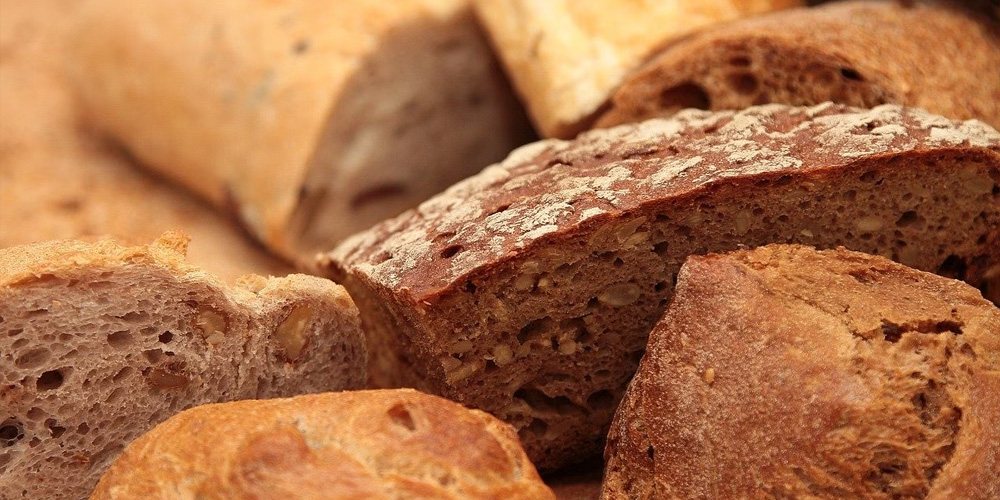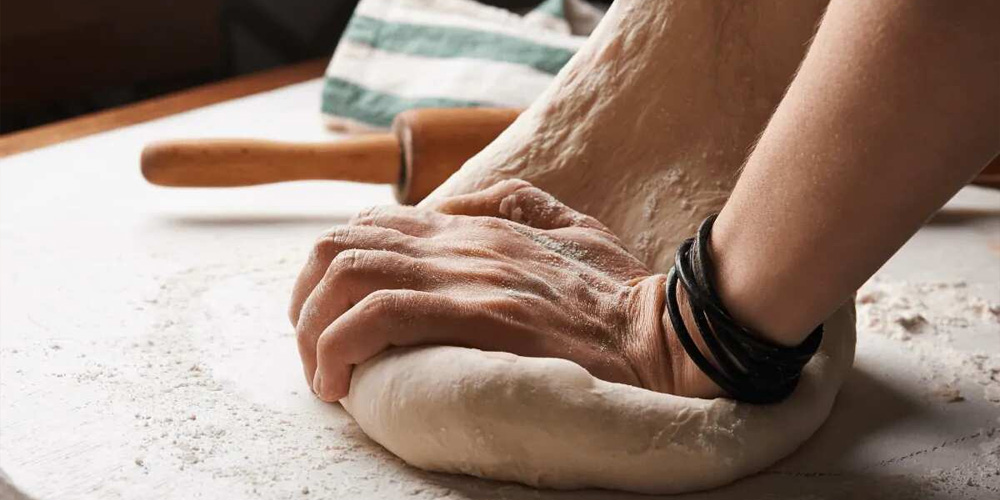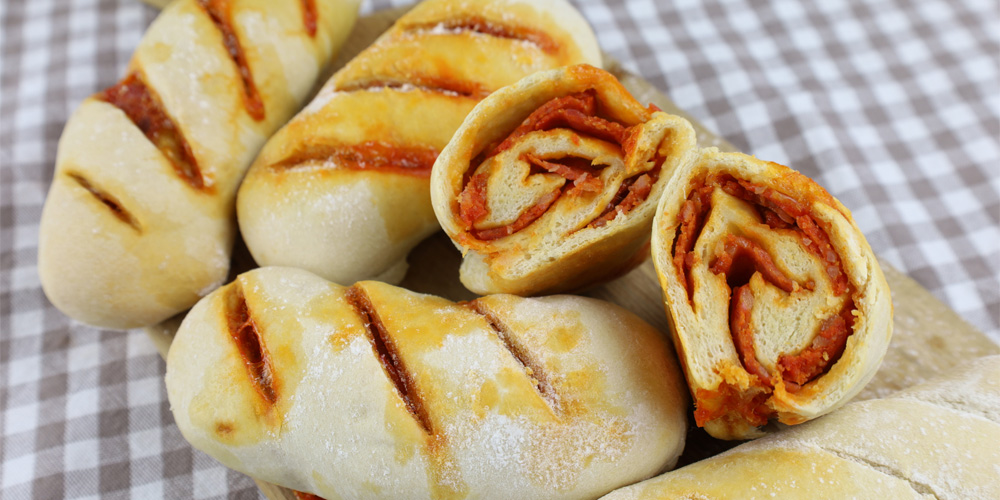Sharing a meal with a local is one of the quickest ways of breaking the ice and delving deep into the local culture.
Sunny Goa has long been remarkable for its superb natural beauty and the warm hospitality of its people. Yet as the world goes into overdrive with its love affair with virtual space, Goa indulges you with its on-ground ‘real-time ‘treasures and pleasures.

And one of those pleasures is surely ‘bread’ an all-time favourite on tables, manfully rubbing shoulders with more exotic fare.
Bread was first introduced to Goa by its Portuguese masters who held sway for over 4500 years. But its Indian populace embraced it as its own and transformed it into a native favourite in the form of pao, which teamed very well with potatoes bhaji and even fresh prawn curries.

Every baker worth his sur (now yeast) in Goa has his special offerings to keep the locals coming back for more to serve with breakfast lunch, tea dinner and in between. Family-run bakeries with a midnight wood-fired oven are your go-to place for a variety of options of the ‘Pao’. Today it’s a struggle for survival for the generations-old 3,000-odd small-scale bakeries in Goa, which are valiantly securing their poi legacy despite all odds. Electric ovens fancy croissants and sliced bread produced by big brands are tilting the balance, there’s no doubt about it. Traditionally known as poders (derived from the Portuguese word, Padeiro for baker), the original bakers largely hailed from the Chardos community of Catholics of Majorda in Salcete.

The key ingredient that made Gaon bread rise in so unique a manner was, sur or palm toddy. The fermentation process with sur is what makes traditional bread from Goa so distinctive. Sadly, the price of sur having gone up so astronomically is forcing many bakers to opt for commercial yeast.
Made by using a higher proportion of whole-wheat flour poie or poli is flatter, disc-shaped and hollow from the inside. It’s a pita pocket version with a dusting of bran which goes well with a helping of Goan sausage; an unbeatable team is the marriage of poie and chicken cafreal; kankon is a bangle-shaped pao- the hard, doughnut-shaped bread goes well with a cup of tea or bowl of soup; katre pao is the butterfly-shaped scissored bun, because its cut with scissors during the making!

A much-loved midday treat is the duo of surreche pao and kaalchi kodi, which is left-over curry from the day before. The reheating and now thickened curry does magical things with the garnishes and spices it has soaked up overnight. Godd poie, sliced and slathered with lashings of butter, is best enjoyed dipped in a tumbler of tea…Irresistible on a rainy day or when you are looking for comfort food when you are feeling a bit down! Hot to trot are both sanna with sorpotel and chonne ros with poie.

Unddo is what you meet when you have the Goan street food favourite cutlet pao. It’s a smaller version than a pao with crunchy exteriors and soft underbelly. The minced chicken or beef cutlet is exquisitely marinated in a paste of chillies, ginger garlic, spices and vinegar, coated with a semolina and fried. It’s then folded into the fresh undo, and dished out with servings of salad. D’silva Fast Food in Miramar Beach is an old hand at it; it’s been serving yummy beef cutlet pao along with choriz pav since the 1990s.

Other places to explore are local favourites such as the 1860-established Confeitaria 31 de Janeiro in Fontainhas for their pao de lo, a traditional Goan bread; Florentine Bar & Restaurant for Poie and Chicken Cafreal;, Pao Hub for beef cutlet pao; Rita Bakery at Mapusa for tea time hotties like konkons and Black Sheep Bistro for Chorizo Pao, amongst others.
Get up close and personal with a local family at a food demo, or a homestay, to learn lots more about the importance of bread as a great binder of hearts and spirits for the people of Goa, who just can’t get enough of it. It’s comfort food of the best kind.



